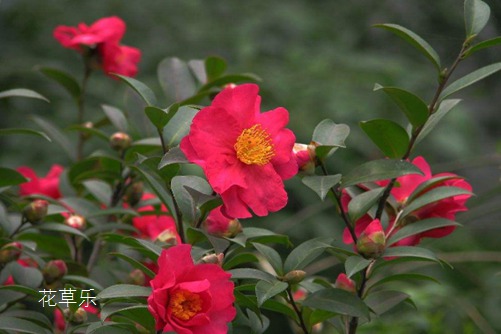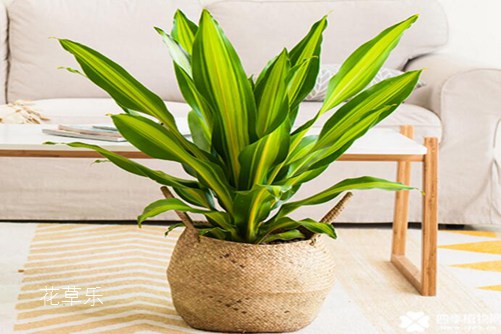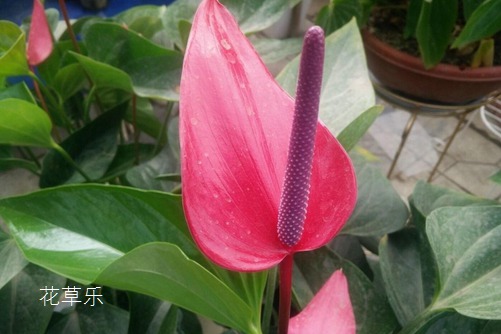What is the reason for the rotten roots of tea plum? Watering, fertilizing and grasping the degree of basin soil are the key.
The editor believes that the greatest value of tea plum is to fill the gap in the flowering season. The cold winter month is the time for nature to recuperate. Plants, long hidden and invisible, are in the arms of Mother Earth, waiting for the next spring. Shrubs, trees, or bare branches, or green as usual, at first glance, it seems uninteresting. Tea plum is in full bloom in the cold winter, crimson light pink, to the monotonous winter comes a vitality. Many flower friends like to use tea plum to decorate their homes, but they accidentally take care of tea plum. What is the reason why this issue of flowers and plants brings you tea plum rotten roots?
What is the reason for the rotten roots of tea plum? Watering, fertilizing and grasping the degree of basin soil are the key.

What is the reason for the rotten roots of tea plum 1. The reason for the rotten roots of tea plum-- too much watering
The root rot of tea plum is mostly caused by too much watering. Tea plum needs a lot of watering when it is growing vigorously, but it must have a certain degree, so watering is best carried out according to the dry and wet of the basin soil. basically, when the surface of the basin soil dries, it should not be watered too much, otherwise the roots will rot. In addition, if tea plum is watered in winter, the water temperature should not be too low.
Second, the reason for the rotting root of tea plum-- the fertilization is too thick.
Too thick fertilization will also lead to rotting roots of tea plum, tea plum likes thin fertilizer, which is divided into three growth stages. Nitrogen fertilizer is the main fertilizer in March and April, which can promote the good growth of Chung shoot. Phosphate fertilizer is the main fertilizer in May and June, which can make the flowers blossom brightly. The compound fertilizer of nitrogen, phosphorus and potassium is the best in September and October. Winter is the dormant period of tea plum, generally stop fertilizing. In addition to ensuring adequate nutrients of tea plum, it is also necessary to grasp a good degree to prevent excessive fertilizer from burning and rotting roots.
Third, the reason for the rotting root of tea plum-- improper pot soil.
Improper selection of potted soil can easily make tea plum rot roots. Soil and changing pots are the main factors of rotten roots.
1. Soil: Camellia oleifera likes acidic soil, so when choosing potted soil, do not choose highly alkaline soil. In addition, the soil also needs to be loose and breathable, rich in humus, more suitable mountain soil, can add a certain amount of pine needles or river sand, which is conducive to the growth of tea plum roots and reduce the occurrence of rotting roots.
two。 Flowerpot: generally grow tea plum to choose tile pot is the best, followed by purple sand pot, porcelain pot is not suitable. The main purpose of the size is to ensure that the tea plum plant can grow well and facilitate the extension of the root system.
Time: 2019-04-29 Click:
- Prev

Yemeni iron is watered once a few days, how to cultivate Yemeni iron so that the leaves will not turn yellow
Yemeni iron is a very good indoor foliage plant, which can be placed in living rooms, offices, lobbies and other areas, as well as purifying the air. Yemeni iron likes high temperature and high humidity, and the suitable growth temperature is 2030 ℃. Cold prevention measures should be taken under 10 ℃ in winter. Pay attention to daily maintenance and good ventilation
- Next

What if Anthurium andraeanum only grows leaves but does not blossom? there are four reasons and four treatment methods.
It is not difficult to cultivate Anthurium andraeanum, but it is a bit difficult to raise a very beautiful Anthurium andraeanum. I believe that many flower friends find that only leaves grow but do not blossom, and there are many reasons why Anthurium andraeanum does not bloom. Below, Huacao Le summarizes the following four major causes.
Related
- Fuxing push coffee new agricultural production and marketing class: lack of small-scale processing plants
- Jujube rice field leisure farm deep ploughing Yilan for five years to create a space for organic food and play
- Nongyu Farm-A trial of organic papaya for brave women with advanced technology
- Four points for attention in the prevention and control of diseases and insect pests of edible fungi
- How to add nutrient solution to Edible Fungi
- Is there any good way to control edible fungus mites?
- Open Inoculation Technology of Edible Fungi
- Is there any clever way to use fertilizer for edible fungus in winter?
- What agents are used to kill the pathogens of edible fungi in the mushroom shed?
- Rapid drying of Edible Fungi

